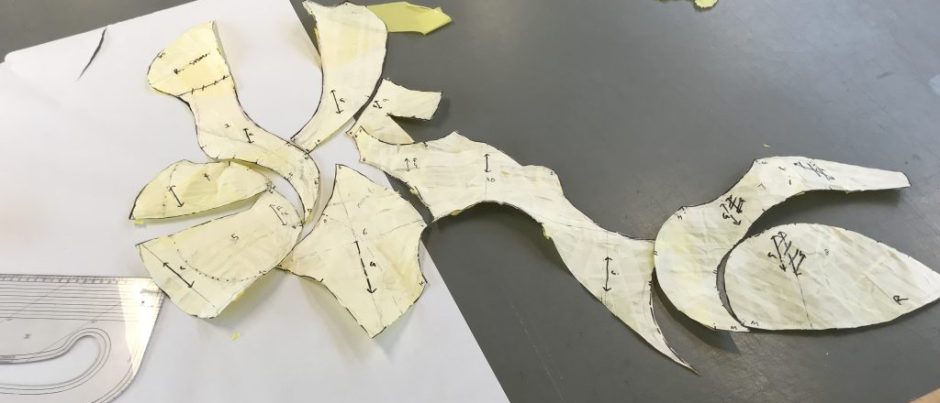(Notes generated to help me discuss my intervention design with my peers and colleagues)
Idea
To design an accessible tool for technicians to use, to help the unpack the inclusivity/barriers within a physical workshop or studio space, to work towards a more inclusive physical, spatial, sensorial learning environment, and social justice.
The tool should be used to make time and space to collectively critically reflect on potential and existing barriers, and ways of improving accessibility, rather than as a way to ‘solve issues’. It is impossible to measure or create an entirely inclusive physical space.
Context
I have always worked in studios and workshops, and am familiar with the requirement for health and safety risk assessment, which takes place annually and each time the space changes. With the concepts of ‘risk’ and ‘safety’ in mind, I think it would be useful to also be required to regularly assess of the inclusivity of a space.
There are many barriers within the studio space, that have become clear through student feedback, and reading and source analysis within the pg cert. There is currently no space or time created for those who manage the space, and can consequently remove some barriers or create a more inclusive environment, to do this critical thinking. Taking time and space to do this regularly could have a huge impact on student engagement with the space.
Positionality
- White
- Cis female
- Gender conforming presentation
- Middle class
- Atheist
- British
- Lived in the UK my whole life, no additional languages
- Christian primary and secondary education
- University educated
- Able-bodied
- Neurotypical
- Technician for 1.5 years at UAL, at TL for 3 years prior
- Costume practitioner
Risk Management
Risk management and assessments exist to legally protect the institution and its employees. Risk assessment is a blunt, unspecific tool that is seen as systematic and as achieving ‘safety’. It applies exclusively to physical (and mental) wellbeing and safety.
Format
Risk assessments are long, boring, inaccessible, and hard to use and understand. Usually, one person does a risk assessment on their own, and takes responsibility.
‘Competent Person’
Risk assessment requires a ‘competent person’ to carry them out. It is not clear what this actually means, but there are uncomfortable implicit implications.
Use of a Matrix
The matrix design used to carry out a risk assessment supposes that the risk of a hazard causing a person harm can be estimated and measured numerically. In the case of social, epistemic and psychological harm in a pedagogic environment, it is impossible to suppose and define what might be likely to cause harm, given the complexity of individual identities and experiences involved. Therefore, I have chosen to move away from the matrix, and use a simpler, similar traffic light system.
Furthermore, the matrix design is itself not very easy to use, or accessible for those with learning differences. I would like my assessment to shift the focus away from paperwork, and focus on collaborative action, movement, and critical discussion.
What could Risk Management Be?
- Considerate of the individual, intersectional human experience within space, and how this affects embodied experiences.
- Acknowledge the complexity of individual identities (‘who is at risk of harm’).
- Be a communal, accessible, discursive, practical, embodied process.
- Allow for critical reflection and discussion.
- Recognize its own bluntness and inadequacy, and understand that it is impossible to imagine all the intersectional ways a space could present barriers for an individual.
